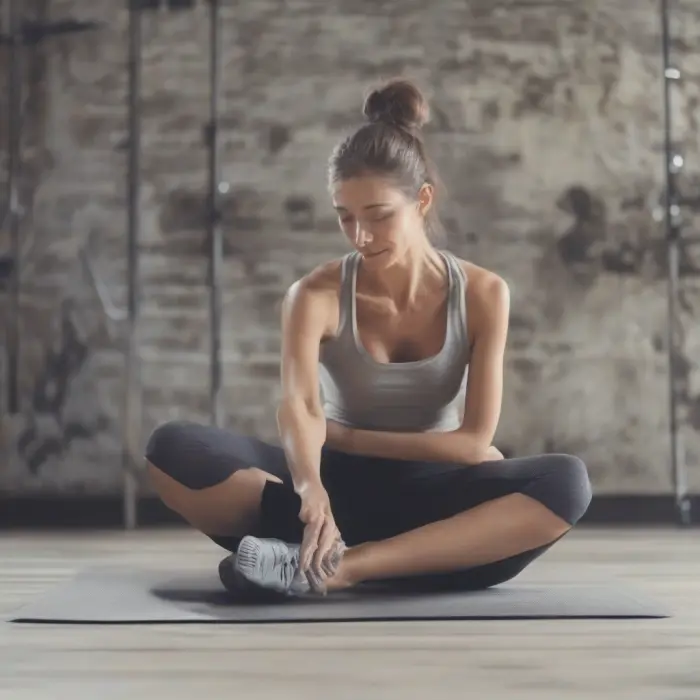Optimizing Respiratory Health through Breathing Techniques
Breathing, while almost entirely subconscious, is one of the most vital functions performed by our body. We usually do not pay much attention to the details of breathing unless we're faced with respiratory problems. However, this essential life procedure not only provides our body with necessary oxygen, but can also play a significant role in impacting our overall health, mood, and stress levels. By learning how to optimize our respiratory health through various breathing techniques, we can improve both our physical and mental well-being.
Understanding the Importance of Respiratory Health
Respiratory health often acts as an indicator of overall systemic health. Poor respiratory health can lead to limited oxygen exchange, potentially harming every cell in our body. It isn't just an issue for those with pre-existing lung conditions; everyone can benefit from focusing on improving their breathing. Chronic stress, poor posture, and lack of exercise can all lead to shallow or rapid breathing, contributing to decreased health and vitality.
The Role of Breathing Techniques in Optimizing Health
Conscious control and modification of breathing patterns can drastically enhance respiratory health. A host of breathing techniques can stimulate the body's parasympathetic nervous system, responsible for rest and relaxation. In contrast, other techniques can optimize the sympathetic nervous system involved in the body's "fight or flight" response. Having mastery over these techniques can help maintain a balance between the two systems, leading to enhanced health, reduced stress, and increases in energy and productivity.
Techniques for Optimizing Respiratory Health
There are many different methods that one can use to optimize respiratory health.
Deep Breathing
Also known as diaphragmatic breathing, deep breathing encourages full oxygen exchange. The technique is simple but impactful: one must breathe deeply into the lungs, causing your belly to rise, and fully exhale.
Box Breathing
Box breathing is another method that can aid respiratory health. This technique involves inhaling, holding the breath, exhaling, and pausing for an equal count (such as four counts) before repeating. It can be particularly helpful in stress management and maintaining focus.
Guided Visualization
Guided visualization incorporates elements of both deep breathing and mental imagery to manage stress and foster relaxation. It often involves picturing a peaceful place or situation to relax the mind while focusing on controlled breathing.
The Beneficial Effects of Improved Breathing
Improved respiratory health has manifold benefits - it can increase energy levels, reduce stress, improve lung capacity, enhance concentration, and even boost the immune system. Additionally, these breathing techniques can prove beneficial in managing mental health issues like anxiety and depression and improve sleep quality. Regular practice is the key to reaping these benefits.
Conclusion
In conclusion, incorporating breathing techniques into daily routines can significantly optimize and improve respiratory health. Though often overlooked, our breathing patterns are pivotal in influencing our overall health. Hence, making conscious effort and attention paid to altering and improving these patterns can better our well-being in numerous ways on a physical, mental, and emotional level.










